As the team’s last remaining east coast affiliate, the Richmond Flying Squirrels sometimes felt a little disconnected from the rest of the system. As a team, it was filled with some of the older prospects and familiar faces, and also received a fair share of minor league free agents that were new to the Giants system. But as usual, it was a proving ground to separate out prospects who just dominated at the lower levels from real top prospects who could make an impact in the big leagues in the future.
Top Prospects
By far, the most heralded prospect to appear at Richmond was Heliot Ramos, who had made a brief appearance there at the end of 2019. Ramos stayed in Richmond through late July, mostly doing well, but falling into a big slump in late May which saw his batting average drop by 90 points. Ramos finished his time in Richmond with an underwhelming .237/.323/.416 batting line, with 10 home runs, 14 doubles and a triple over 62 games. He would go on to hit more consistently in Triple-A, but with a little less plate discipline. Ramos is likely headed to the Majors in 2022.
The top pitching prospect at Richmond was Sean Hjelle, who was also returning after he made a late appearance at Double-A in 2019. Hjelle didn’t have the most dominating of stints in Richmond, but was effective overall with a 3.15 ERA, with 69 strikeouts to 19 walks in 65.2 innings. He got promoted up to Sacramento in early August, and Triple-A took its toll on him as it did with most of the pitchers promoted to the level, giving him a 5.74 ERA.
Prospect Emergences
One of the most consistent Squirrels was 24-year old David Villar at third base. In his third pro season, the 11th round pick from 2018 put up a solid batting line with 29 doubles and 20 home runs, after he had hit 13 home runs in each of his previous two seasons. His 20 home runs are now a single-season record for the Richmond Flying Squirrels, who play in an infamously pitching-friendly stadium.
One of the early headline makers in Richmond was starting pitcher Matt Frisbee, who had five excellent starts out of five in May, holding batters to a .112 average and a 0.41 WHIP, with 32 strikeouts to one walk in 29.0 innings. Frisbee got promoted to Sacramento, but was hit around very hard there, ending up with a 7.64 ERA in Triple-A before returning to Richmond at the end of the season. Though his season ended up with some rough numbers, Frisbee showed what kind of potential he’d have when things go right, and he’ll get another shot in Triple-A.
In the bullpen, reliever Patrick Ruotolo had an excellent season, picking up 11 saves with a 2.68 ERA, and having an excellent 50 strikeouts to five walks in 37.0 innings. He finished the season with eight appearances (7.0 IP) without allowing a walk. Ruotolo’s stuff isn’t overwhelming, with a low-90’s fastball, and a big curve that he gets those strikeouts with, but Double-A was the big step in proving that his stuff could play at the higher levels. He’s older, at 26, but effective relievers are always a valuable commodity.
Also out of the bullpen, Norwith Gudino put together an excellent season mostly in middle relief. Over 17 appearances in Richmond, Gudino had a 1.44 ERA with 39 strikeouts to 10 walks in 25.0 innings. Upon his promotion to Sacramento, as most midseason pitchers promoted to Triple-A suffered, Gudino was hit hard initially, with six runs allowed in his first appearance. In Triple-A, Gudino was mostly used as a multi-inning reliever and swingman, with five starts. He finished with a 5.66 ERA at Triple-A, but with a lot of potential as he gets to Triple-A again.
One other emerging player was Caleb Killian, whose first full pro season started in Eugene, but then was promoted to Richmond. Killian threw 11 games with the Squirrels, with a 2.43 ERA at the level, with 64 strikeouts to eight walks in 63.0 innings. Killian’s performance led him to being a key piece in the Kris Bryant trade.
Late Season Performances
As a midseason promotion, Diego Rincones continued to just plain hit. In 51 games at Richmond, he hit ten home runs, which itself was more than any of his four previous seasons. He totaled 15 on the season in the minors, not including his time playing in the Olympic qualifiers for team Venezuela. He also hit .290 in Richmond, and ended the season with an overall .293/.377/.514 batting line.
After a solid half-season at High-A, the Giants promoted Will Wilson to Double-A. Wilson struggled mightily at the level, finishing with a .189/.281/.306 batting line. Wilson played mostly at shortstop with the Squirrels, but also played a few games at third base, and he’d been at second while in Eugene. Wilson also ended up playing some games in center field in the Arizona Fall League at the end of the season, setting him up as a super-utility player, if he can make better contact.
After a great start to his season in Eugene, R.J. Dabovich was promoted to Richmond in mid-June. Through the first two months of the season in both cities, the only four runs Dabovich had allowed had come from home runs. That changed in July, when Dabovich allowed five runs in one game, and though he missed almost all of August, he spent the rest of the season whittling his ERA back down and finished with a 3.66 ERA and a .178 batting average allowed in Richmond. Overall, Dabovich had 62 strikeouts to 13 walks allowed in 32.1 innings.
Underperformers Who Might Return
It was a season half-lost to injury, and the other have to coming back, so it wasn’t exactly surprising that Tristan Beck didn’t perform up to some of the hopes he set up with a strong finish to 2019 in High-A. Beck started the season in Richmond, and had a 5.89 ERA through his first four starts, but then was lost to injury for over two and a half months. He returned mid-August and struggled as he tried to work back to form, finishing the season with two relief appearances in High-A. The former Stanford Cardinal will likely get his second chance at Double-A to start 2022.
For outfielder Sandro Fabian, it wasn’t exactly an awful season, but with a .264/.297/.466 batting line, it wasn’t really great. Fabian did show the power that has always been the hope he would develop, with 15 home runs in 89 games, but he struggled out of the gate, and was inconsistently hot and cold the rest of the year. His biggest deficiency was drawing walks, as he had just two walks in his first 40 games and only 11 all season, so he’s got a good chance to return to Double-A and work on that discipline, to help his power play up.
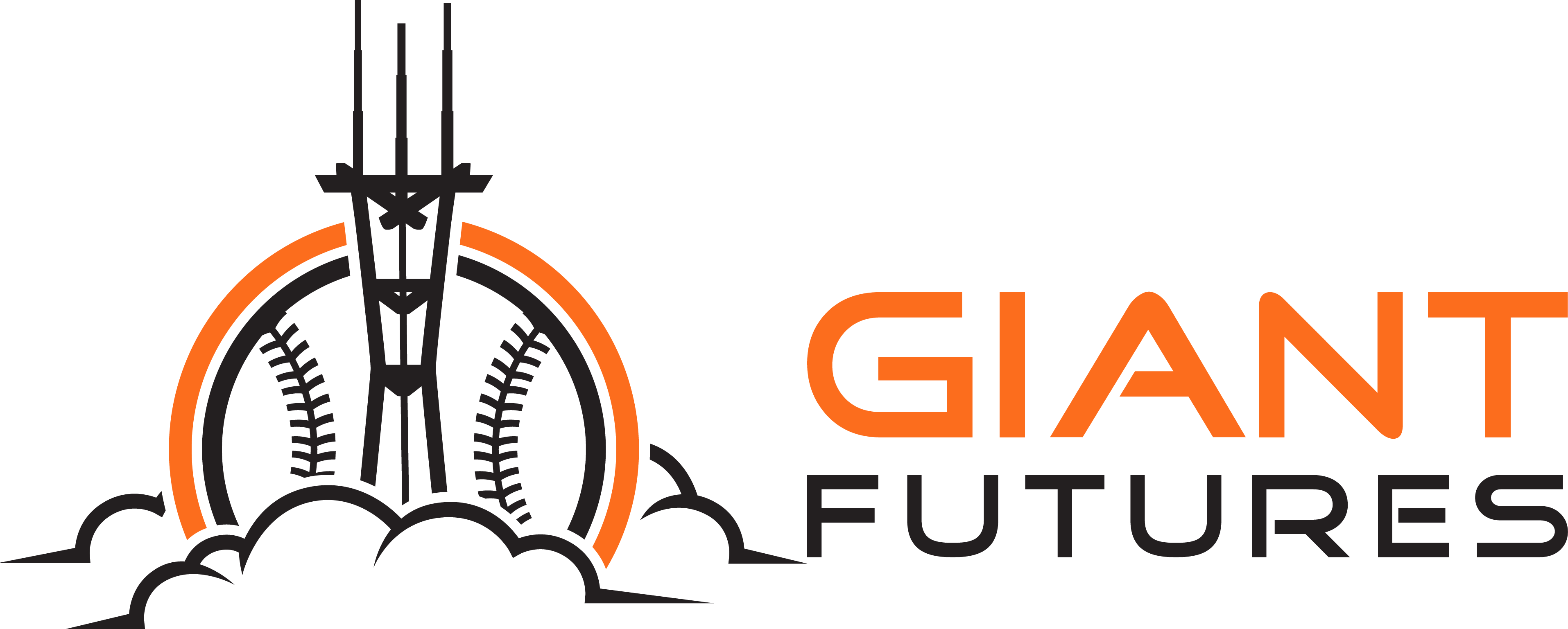
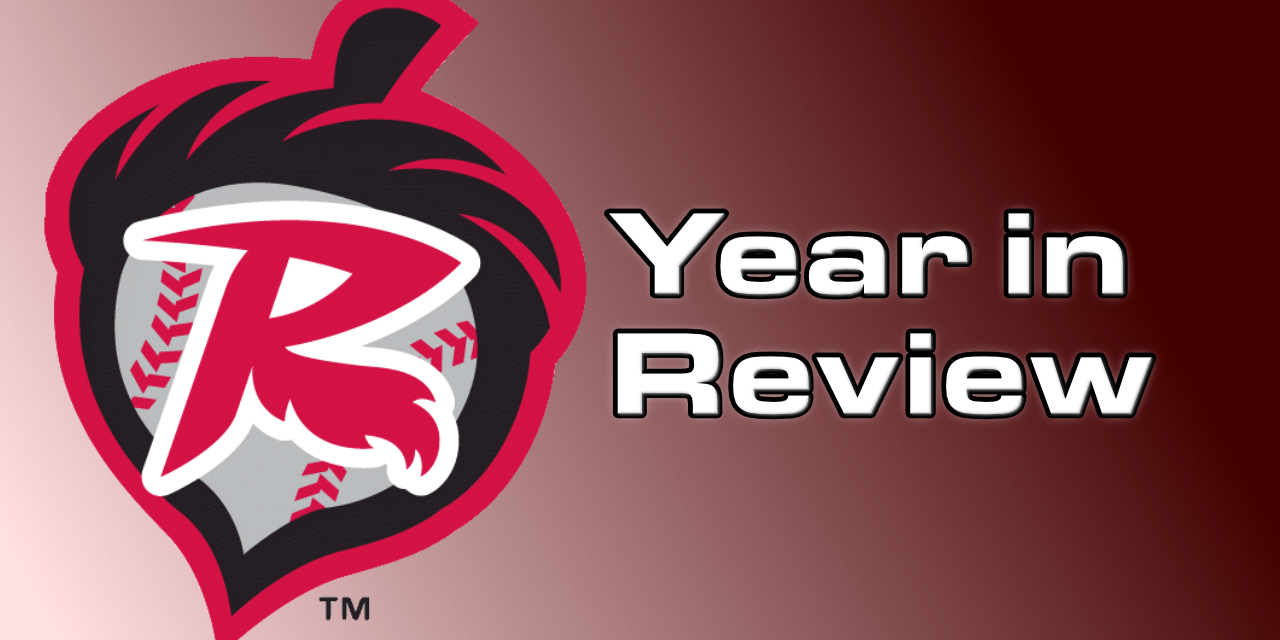
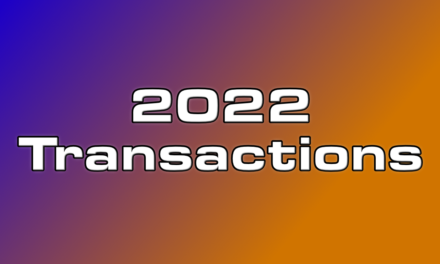
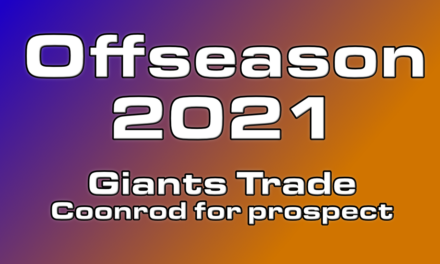
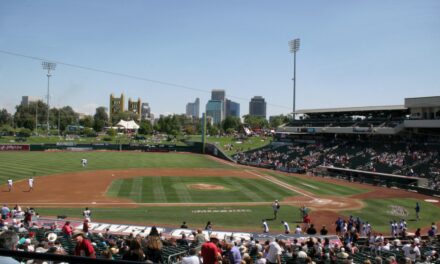
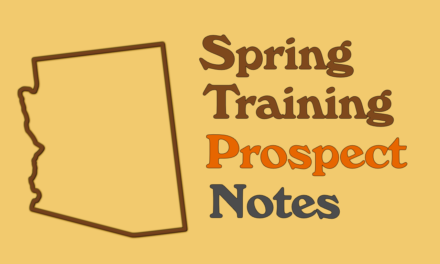

Recent Comments